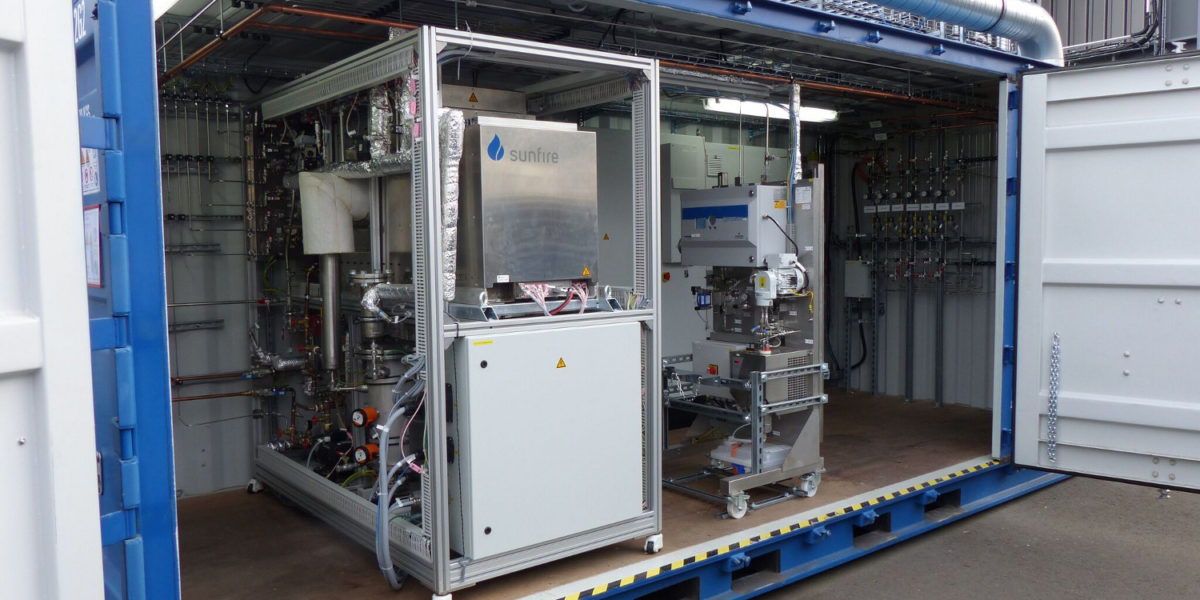Edis and Gasag have signed a cooperation agreement to develop a power-to-gas project in Havelland, Brandenburg.
Through the project, electricity generated from renewable sources is converted into hydrogen by electrolysis. The ‘green’ hydrogen can then be fed into the gas network and stored and later used as an admixture with natural gas for power or heat generation. The hydrogen could also be used in fuel cell powered vehicles, according to the project‘s co-developers.
“Thus, power-to-gas as a so-called sector coupling technology makes a significant contribution to the successful energy transition in Germany,” said Edis and Gasag.
The first phase of the project at the Ketzin site involves planning and approval of construction and operation of the plant.
According to the companies, the location is well suited as renewable electricity could be generated by around 300 wind turbines in the region, and power and gas-based power infrastructure is present. Edis Netz operates low and medium-voltage grids and a 110 kW substation as a point of connection to the high-voltage grid, while Gasag subsidiary NBB Netzgesellschaft Berlin-Brandenburg operates the local and regional gas network.
PV plays a part
A biogas plant for power generation and biomethane treatment – recently expanded through the deployment of a PV system – will also be part of the project, the companies said.
Edis also wants to build an ‘Energiewendelabor’ energy transition R&D facility at its Ketzin site, where models for the intelligent linking of regenerative energy generation, power-to-X conversion and energy storage and transport could be developed and tested.
Sunfire GmbH has also announced a technological breakthrough for its Power-to-X technology. The Dresden-based company commissioned a high-temperature co-electrolysis project at its headquarters in November and has successfully tested it.
The Sunfire Synlink technology can achieve efficiencies of around 80% on an industrial scale, enabling highly efficient production of syngas in one step, the company said. The investment and operating costs for Power-to-X projects could thus be significantly reduced as, until now, two process steps were needed for power-to-liquid processes.
Co-electrolysis prototype
The prototype co-electrolysis plant with ten kW of DC power was created in the course of the Kopernikus-funded ‘Power-to-X’ project, funded by Germany’s Federal Ministry of Research, with the Karlsruhe Institute of Technology (KIT) also involved, according to Sunfire.
Following the successful test, the prototype will be delivered to KIT in the first quarter of this year. There, the prototype will be combined with the technologies of Climeworks – which uses direct air capture – Ineratec (Fischer-Tropsch synthesis) and KIT (hydrocracking) in a container connected to a self-sufficient system, to test the integrated production of synthetic crude oil substitute e-Crude.
Sunfire has also begun scaling up its industrial-size high temperature co-electrolysis, initially to 150 kW of input power, the company said. The Synlink project has been funded by the Federal Ministry of Economics since the beginning of the year.
The power-to-gas breakthroughs came as James Watson, former head of lobby group SolarPower Europe, settled into his new role as secretary-general of Eurogas by calling for a binding target for ‘green’ gas in the EU’s forthcoming gas legislation package.
“The target should be based on the existing EU renewable energy target and would help the EU to achieve a higher share of renewable energy at lower cost,” said Watson.
This content is protected by copyright and may not be reused. If you want to cooperate with us and would like to reuse some of our content, please contact: editors@pv-magazine.com.




1 comment
By submitting this form you agree to pv magazine using your data for the purposes of publishing your comment.
Your personal data will only be disclosed or otherwise transmitted to third parties for the purposes of spam filtering or if this is necessary for technical maintenance of the website. Any other transfer to third parties will not take place unless this is justified on the basis of applicable data protection regulations or if pv magazine is legally obliged to do so.
You may revoke this consent at any time with effect for the future, in which case your personal data will be deleted immediately. Otherwise, your data will be deleted if pv magazine has processed your request or the purpose of data storage is fulfilled.
Further information on data privacy can be found in our Data Protection Policy.